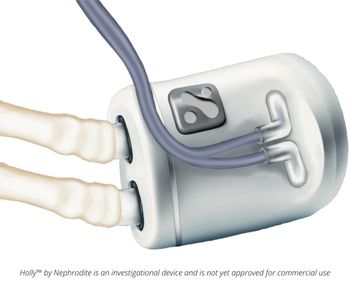
Breaking point: Solving the health industry’s financial and human capacity crisis
Is it possible to reverse the tide and unlock significant productivity gains? Here’s what health care organizations should know
The health care sector continues to face considerable financial and workforce challenges amid ongoing technological advancements, labor shortages and evolving regulatory environments. While industry growth has historically depended on expanding the health care workforce, rising costs and an imbalance of supply and demand have created additional pressures. As a result, health care provider organizations are struggling to find financial capacity to fund needed large-scale transformations, hindering their ability to innovate; capitalize on advanced technologies; and improve access to health care,
Globally, the top 25% of all companies are
The need for transformation is clear, yet past efforts have yielded limited success. Accenture research shows that fewer than 50% of health care chief financial officers report that their previous cost optimization efforts resulted in sustainable value over five to 10 years. This highlights the need for a more comprehensive and sustainable approach to transformation. The good news is that 73% of health care executives recognize automation as a core solution to their financial and human capacity challenges.
To achieve a successful transformation, health care organizations should consider the following recommendations:
- Develop a clear and comprehensive transformation strategy that aligns with their overall goals and objectives for investing in digital technologies that drive innovation and productivity, such as AI, cloud and data analytics. Health care providers need to shift from complex, nonstandardized systems to a more harmonized digital core. This involves investing in cloud technology, simplifying and rationalizing innovations, and standardizing processes. By doing so, organizations can drive better performance, enable agility and foster innovation.
- Rethink their operating models to maximize value and efficiency, and to free up critical capacity for
higher-value tasks . This involves breaking down silos, reallocating tasks and allowing staff to work at the top of their licenses. By doing so, lower-value tasks can be automated or sourced, freeing up critical capacity for higher-value tasks. - Embrace strategic partnerships to access specialized talent and expertise, and to share the burden of investment and risk. By partnering with experienced providers, health care organizations can access specialized talent and expertise, capture the advantages of advanced technologies like cloud and data analytics, and share the burden of investment and risk. Leading health care providers are already pursuing bold, large-scale reinventions by leveraging advanced technology and expertise, as well as the core capabilities of sourcing partners.
Case in point: Finance and accounting transformation at scale
A large U.S. health provider operating more than 50 hospitals and 800 clinics faced mounting cost pressures and inefficiencies across its finance and accounting functions. By redesigning processes, standardizing templates and leveraging external support for over 470 roles, the organization achieved measurable results:
- Thirty percent of staff capacity was freed up and redirected to higher-value work.
- $781 million was reconciled across 63 accounts, reducing nonreconciled items by 89%.
- Aged receivables dropped by 67%, unlocking $5.5 million in additional collections.
- Open purchase orders fell by 72%, with over 97% of payments made on time.
This example illustrates how a well-structured sourcing strategy — combined with process and technology improvements — can deliver both financial impact and operational agility.
As one retiring health system CEO aptly noted, “There is going to come a day when my peers will wake up and say we should focus on what we do best — taking care of patients — and let experienced partners take care of the technology and back-office functions, which is core to what they do.”
By taking a bold and comprehensive approach to transformation, health care organizations can unlock significant productivity gains, improve patient care and ensure long-term sustainability. The time for incremental change is over; it’s time for health care leaders to drive meaningful transformation and shape the future of the industry. The path forward is not easy, but it is necessary. Health care organizations that fail to adapt to the changing landscape risk being left behind. Those that succeed will be those that are able to leverage advanced technologies, strategic partnerships and a more efficient operating model to drive innovation and productivity. The future of the health care industry depends on it.
Kristin Ficery is Accenture’s Health and Public Service Strategy lead, and Dan Owczarski is Accenture’s Health Research lead.
Newsletter
Stay informed and empowered with Medical Economics enewsletter, delivering expert insights, financial strategies, practice management tips and technology trends — tailored for today’s physicians.














